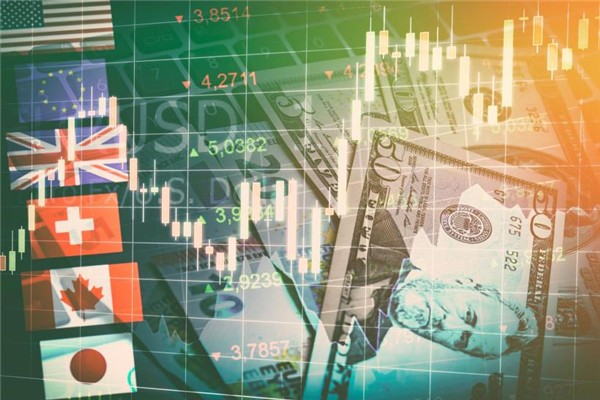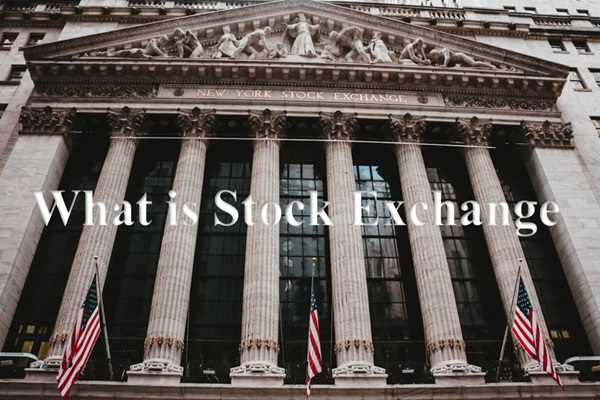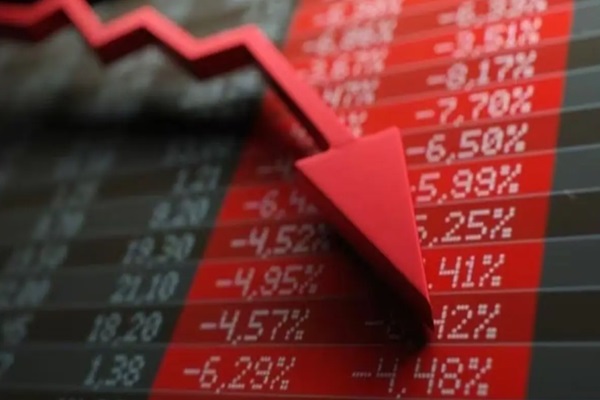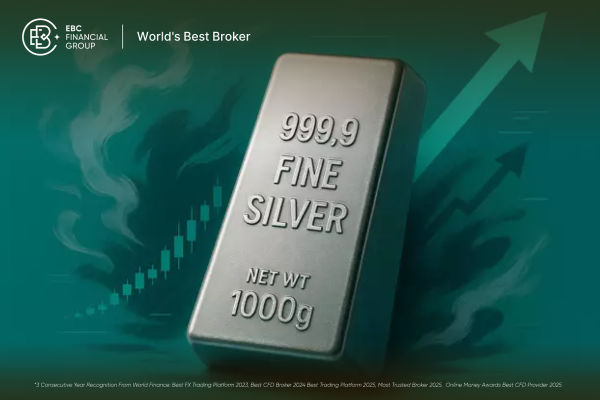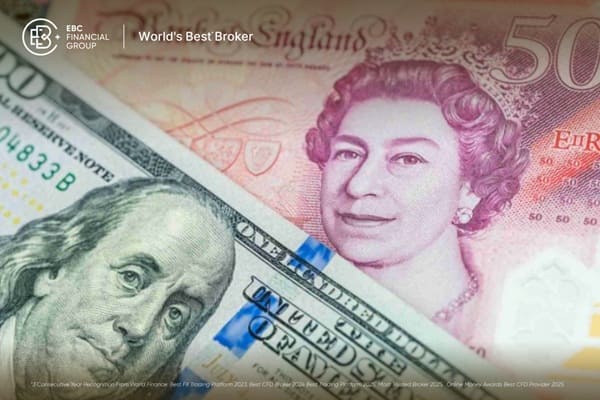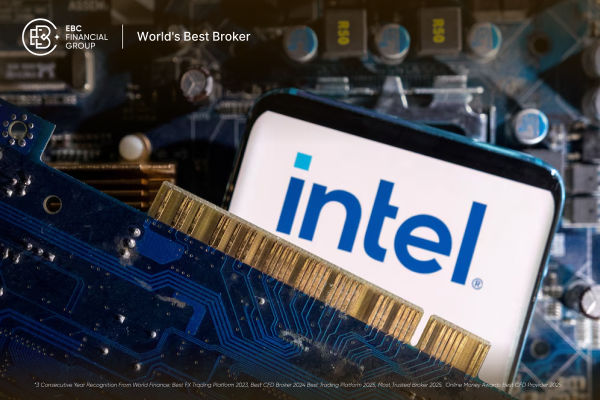Many investors have seen the term 'Floor trading' during their
investment process, but many investors do not fully understand what it means.
Today, we will explain it to everyone.

What is Floor Trading?
Fltrading, also known as exchange trading, refers to the trading
method in which all supply and demand parties gather on the exchange for
competitive trading.
This trading method has the characteristics of the exchange collecting margin
from trading participants, being responsible for clearing, and assuming
performance guarantee responsibilities.
On the exchange, trading also refers to the normal trading hours during which
the trading volume is relatively high and the trading is active.
On the market, traders are generally designated by the brokerage company on
the exchange's seat, responsible for submitting purchase and sale orders, etc.
throughout the company, which is commonly known as a vest.
Floor Trading has the Following Characteristics:
1. Standardized and transparent trading process: On the exchange, trading is
conducted within the stock exchange, and the trading process is regulated by the
stock exchange. The trading process is standardized and transparent, and trading
information is publicly available. Investors can query trading information
through the trading system of the stock exchange.
2. Disclosure of trading prices: Trading prices are determined by market supply and demand and are open and transparent. Investors can trade based on market conditions, avoiding information asymmetry.
3. Relatively low transaction costs: The costs of floor trading, including commissions and stamp duties, are relatively low. Compared to off-exchange trading, these costs are more transparent and standardized.
4. High trading efficiency: Floor trading is highly efficient, with the trading system automatically matching buy and sell orders. The process is fast and simple, allowing investors to quickly complete transactions.
5. Relatively low trading risk: Floor trading carries relatively low risk, as information is open and transparent, and the process is standardized, making risks more controllable.
6. Diversification of trading varieties: Floor trading includes various assets like stocks, bonds, and funds, allowing investors to choose based on their needs.
7. Large trading volume and long trading time: The exchange handles large volumes of trades and operates for extended hours, catering to the needs of different investors.
Overall, floor trading has the advantages of standardized trading
processes, transparency, high trading efficiency, and relatively low trading
risks, making it one of the most important trading methods in the securities market.
